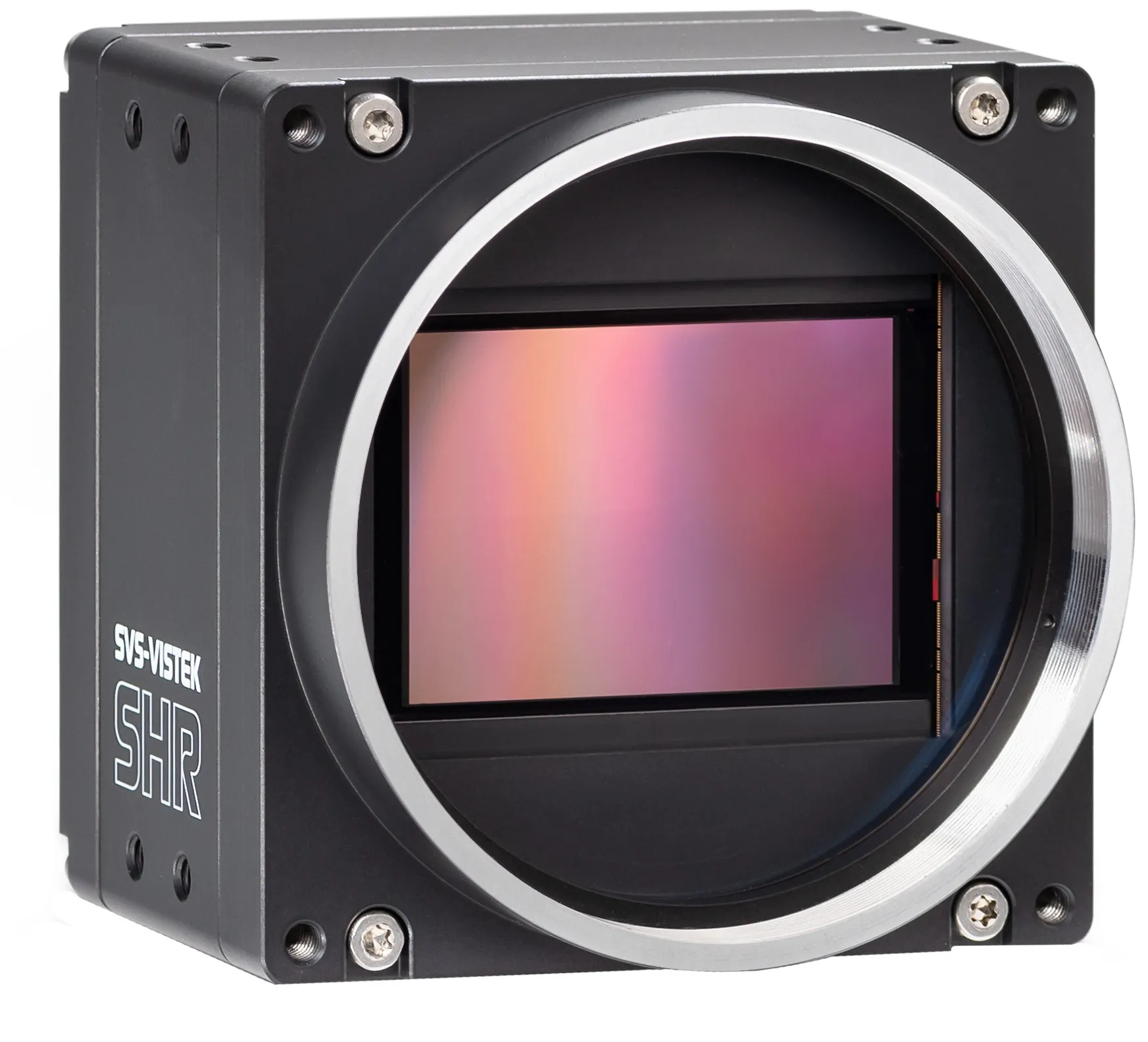
SVS-Vistek has launched an ultra-high resolution camera, the shr811CCX12, that merges a Sony 245.8-megapixel CMOS area sensor with the CoaXPress-12 (CXP-12) quad interface.
The new SVS-Vistek shr811CCX12 enables the acquisition of precise, detail-rich 19200 x 12800 pixel colour images at data transfer speeds of 12.4 frames per second. The company said that this significantly improves quality, reliability and yield.
Apart from ITS applications, it also has the capabilities to tackle tasks such as city mapping.
SVS-Vistek, a manufacturer of industrial cameras and based in Gilching, Germany, said the shr811CCX12 heightens accuracy. It propels throughput in a variety of applications, especially those requiring a large field of view or analysis of intricate patterns. It brings unprecedented performance to surface inspection of semiconductor wafers, PCBs, solar panels and high pixel density FPDs.
The latest model in SVS-Vistek's SHR camera platform, the shr811CCX12 shares the SHR's high dynamic range, boosting light sensitivity with minimal noise. With more pixels capturing light, the camera can distinguish subtle differences in colour or texture that low resolution cameras miss, improving performance in challenging lighting conditions, the firm says.
Like other SHR cameras, the shr811CCX12 also comes equipped with a comprehensive I/O with signal voltage, RS232 and galvanically isolated input, along with a sequencer, binning, and an integrated multichannel LED strobe controller.
The SVS-Vistek shr811CCX12 is engineered to withstand harsh environments which would otherwise adversely affect image quality. It is protectively housed in an IP30 thermally-optimised metal enclosure that features a large M72 mount that can be easily adapted to any lens, and provides an operational temperature range of -10°C to 60°C.
SVS-Vistek is part of TKH Vision, a global group of machine vision technology companies providing complementing 2D and 3D vision components and solutions. THK Group is focused on advanced technology systems in high-growth markets.







